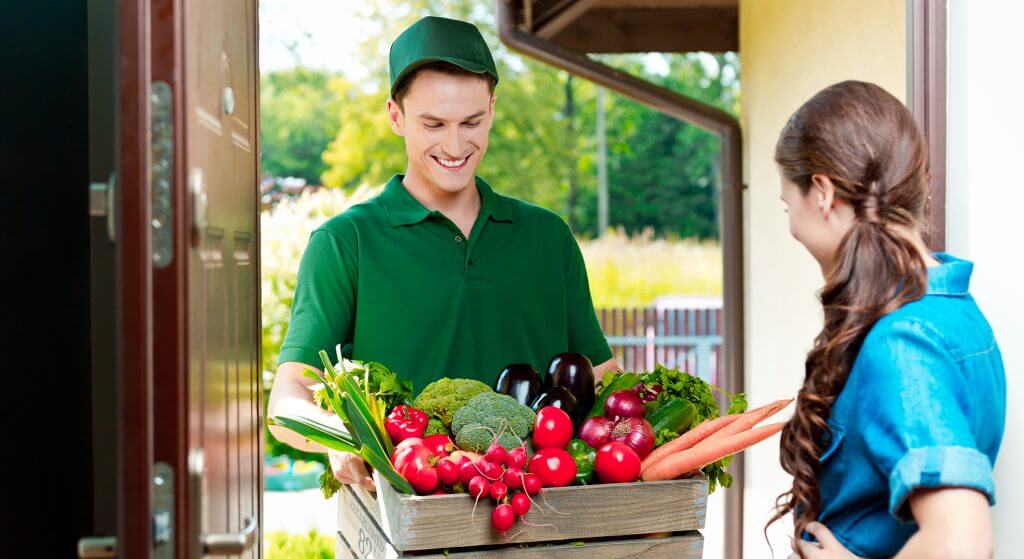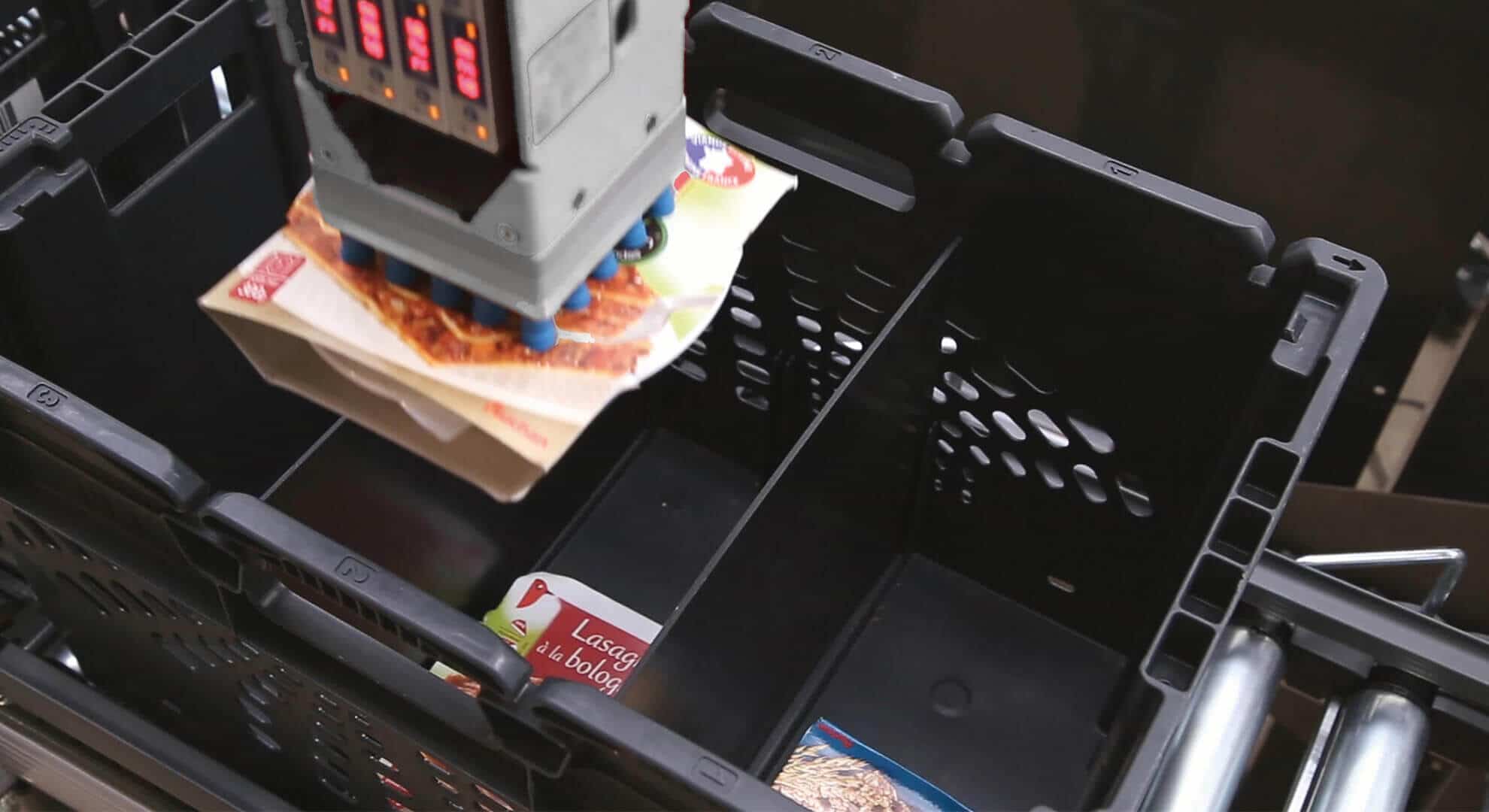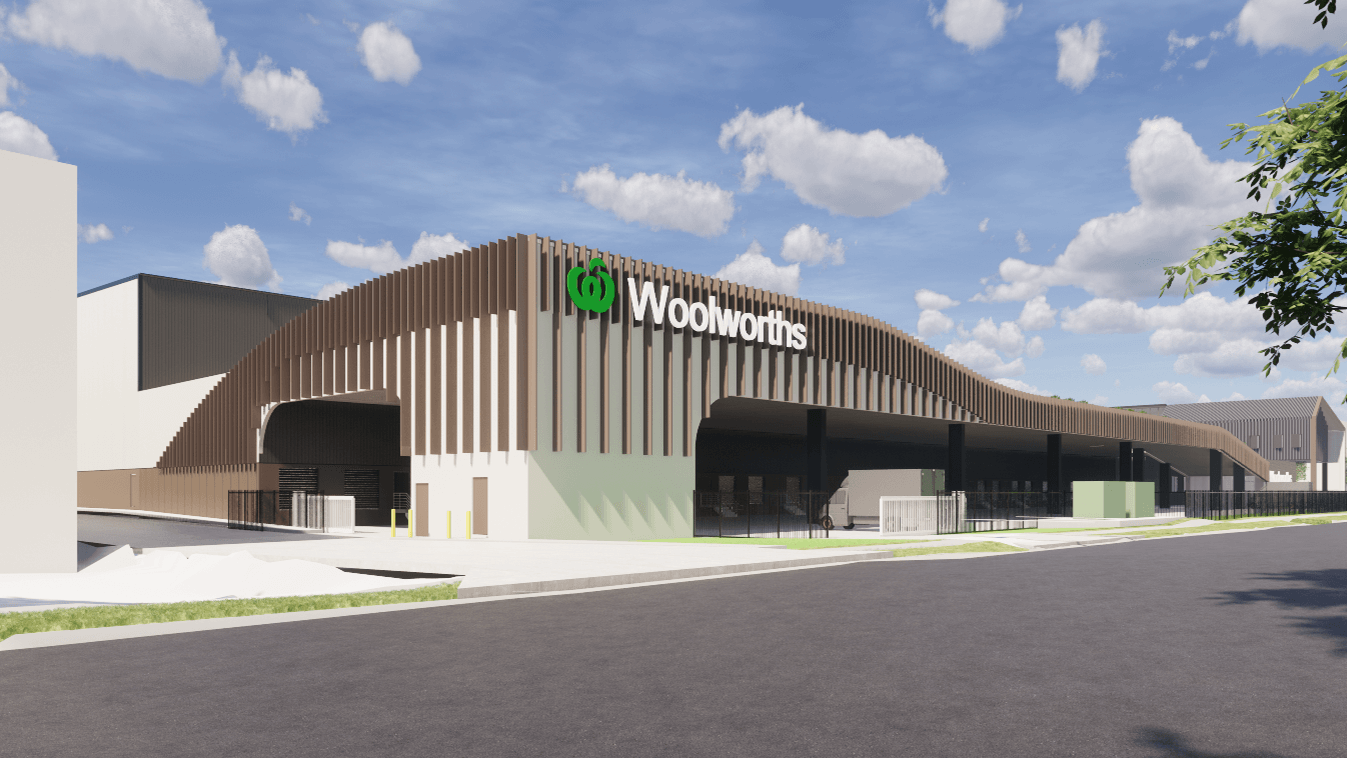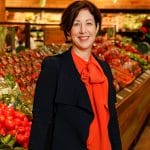Demand for last mile logistics is growing
Digitalization has permanently changed how people shop for everyday goods, and food retail is no exception. It has already been transformed by new and changing business models, as well as strong growth in e-commerce. Additionally, consumer behavior has changed. Consumers want to be able to choose between:
- different sales channels
- in-store pickup and
- home delivery.
But the last stretch before reaching the consumer is the one that packs a real punch. Just as in sports, the final round is often the hardest. In logistics, perfect planning and maximum flexibility on the last mile are key to staying successful through the home stretch and all the way to the finish line.
What exactly is the last mile?
The last mile describes the last leg of a delivery made to the consumer. It is the last link in the value chain or supply chain and plays a tremendously important role.

Greener last mile logistics as a competitive factor
Last-mile deliveries carry a high carbon load. A study by the World Economic Forum showed that without effective intervention, the number of delivery vehicles in cities is expected to increase by 36 % by 2030. Last-mile delivery emissions and traffic congestion are also predicted to increase by over 30 % in the top 100 cities globally because demand continues to rise and the trend toward faster, more flexible and above all smaller delivery quantities is on the rise. This is leading to increased regulations aimed at reducing CO2 emissions in urban areas, such as vehicle bans in city centers. With this in mind, it makes sense to offer and provide logistics solutions that contribute positively to urban development.
Additionally, solutions must operate within the clearly defined legal framework created by strategies and laws for meeting climate goals, such as the EU directive for corporate sustainability requirements.
At the end of the day, providers who can keep up with technological advances while introducing aspects of sustainability are the ones who will be successful. (The Last Mile – The Ultimate Challenge in Logistics | SpringerLink) A survey by the Otto Group showed that 41 % of consumers would be willing to pay more for their order in exchange for zero-emission delivery. (The Last Mile: City Logistics of the Future (emobilitaet.business).) This shows that sustainability already plays a major role in e-commerce.
4 strategies for a more sustainable last mile
So, what can you do to make your last-mile logistics greener? Allow us to introduce four strategies:
Sustainable last mile logistics with MFCs in urban areas
Micro Fulfillment Centers (MFCs) are small, automated solutions for e-grocery that are especially suited to urban areas. Their proximity to customers means shorter delivery routes and fast, flexible delivery with different options for the last mile. Even if deliveries are made with conventional vehicles, micro fulfillment provides an opportunity to reduce traffic and CO2 emissions in cities. What’s more, the automation solution is connected directly to a supermarket and uses its existing infrastructure. MFCs can also be operated as dark stores to provide online orders to other supermarkets in urban areas.
MFCs don’t just offer advantages for operators; customers also enjoy the benefits of increased flexibility on the last mile. Depending on which last mile solution is the most convenient, customers can choose between click and collect at their store of choice, picking up their order in a locker or having their groceries delivered directly to their doorstep. One day, picking up groceries ordered online from the supermarket on the way home might be the most convenient solution. The next, having them delivered within an exact delivery window might be better. Freely selectable delivery slots minimize the likelihood of failed deliveries, which should be avoided because the CO2 produced by a second delivery amounts to between 7 and 75 percent of the original emissions, depending on distance. Another option is offering more delivery times, such as evenings or non-peak times. Delivery trips should be combined to be as efficient as possible. Carbon-neutral delivery options that utilize cargo bikes or electric vehicles are also ideal.

Route planning for greening your last-mile logistics
An important resource for increasing sustainability on the last mile is tools for optimizing delivery routes. They find the best possible, most eco-friendly route to the consumer – for example, by flexibly adapting delivery routes depending on current traffic to optimize CO2 emissions. Route planning should also focus on the consumer and allow them to influence the delivery process, such as by offering easy options for changing the delivery window or address to reduce failed deliveries, which significantly increase CO2 emissions. Another option is live tracking, which allows customers to see where their goods are at all times.
Fewer returns for a more sustainable last mile
The processes in the warehouse itself also play a significant role in reducing returns and increasing customer satisfaction. Technologies and how they are used play a significant role in ensuring that shopping bags are actually filled with the groceries the customer ordered. Fulfillment center employees only know which bag to place a certain item into if they receive clear, exact instructions from the system.
However, it’s not just about making sure the product is correct. Quality and freshness are also key. Careful handling is especially important in food retail. If robot systems are used, they must be able to handle groceries delicately; picking robots need to be able to determine the optimal grip point of an item and place it gently into the grocery bag. If the consumer is satisfied with the delivery, they will order from the same food retailer again. Optimally packed bags also reduce the likelihood of goods being returned.

Using multiple sales channels sustainably
Due to changes in consumer behavior, thinking in networks is another clever approach to fulfillment. It focuses on all business models and uses an intelligent combination of MFCs, large central fulfillment centers (CFCs) and classic brick-and-mortar stores to provide a high level of flexibility in regards to order quantities and volumes. The different options offered by each of these fulfillment centers can be combined as desired during the purchasing process. Consumers can decide for themselves if they’d prefer to go shopping at a nearby store or if ordering online would be better.

Our long-term partner Woolworths provides a best-practice example for such a fulfillment network. The Australian supermarket giant’s fulfillment network provides the solution for the challenges on the last mile by reducing unnecessary, circuitous deliveries and optimizing delivery routes all the way to the end customer. The network encompasses brick-and-mortar stores as well as multiple fulfillment centers of different sizes for online orders. The company also processes online orders in four MFCs, manual CFCs and in one automated CFC in Auburn.
Thanks to automation, we can process many more orders and offer our customers faster delivery options and extra delivery windows to choose from.
Further reading recommendations

In logistics, sustainability is an omnipresent topic. We would like to show you 4 good reasons why it makes sense to protect the environment, work efficiently and benefit from the many positive effects. Find out more!

For healthcare, textiles and fashion, retail, e-commerce and omnichannel retail, food retail and production, we offer flexible and creative solutions for the last mile. Our intelligent software works behind the scenes to keep things running smoothly. Together with our customers, we optimize their value chains.

Intelligent food retail networks combine food retail e-commerce and brick and mortar food retail to offer consumers an optimal shopping experience online and offline.
Additional Information
Would you like to learn more about our sustainable last mile solutions for food retail logistics? We’d love to hear from you at ksi.sales@knapp.com.





